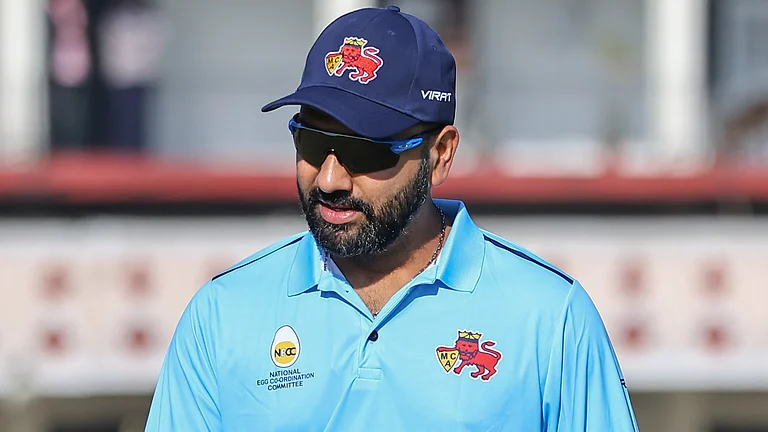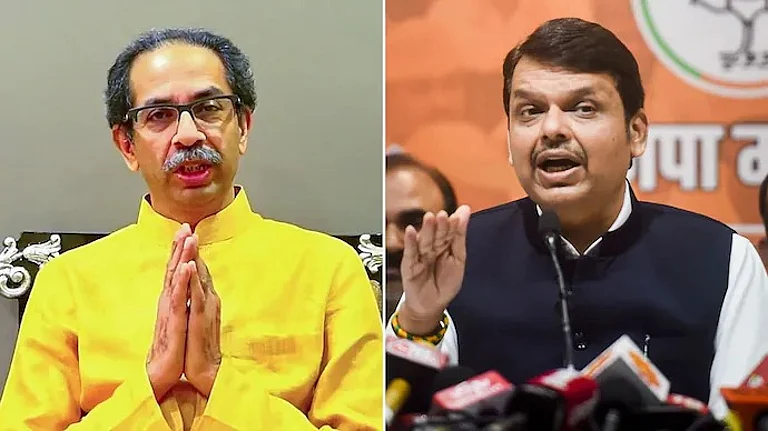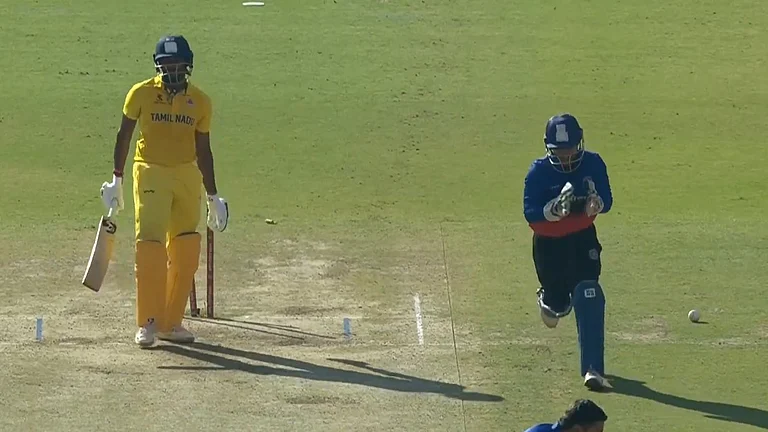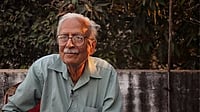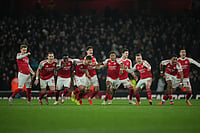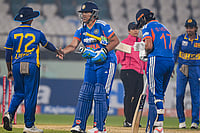It would not be in the least surprising if Pollock himself were to confess he is disappointed that he has not done justice to his talent. His father Peter Pollock, who opened the bowling for South Africa in the years prior to the ban and was a member of a world-beating outfit, was big and strong, physical attributes that the son has not really inherited. He has never bowled as fast as his father did. Also, I remember Sunil Gavaskar once telling me that Pollock (Sr) is a very humorous man. The son is well liked, and a gentleman.
Then there is the other Pollock, one of the all-time greats of the game, who batted left-handed and charmed even the purists—Graeme. I remember talking to him in Durban during the first Test in 1996-97 at lunch, and he admitting that he was looking forward to the day when his nephew would bat in a manner that would do him (uncle) proud.
I remember Shaun Pollock batting quite beautifully in the final Test in Johannesburg that India might have won but for rain intervening and clipping valuable time. At that time Hansie Cronje was the captain and one could sense that there was a close rapport between him and the young all-rounder.
His family background might have helped in his elevation to captaincy once Cronje’s disreputable dealings off the cricket field were made public. But Pollock has made it clear that he has not lost an iota of feeling for the man who contributed so much to South African cricket’s emergence and was popular with the players for whom he cared. Loyalty is clearly a Pollock character trait.
Pollock’s bowling has been his strong point as he is on the trail of 300 Test wickets. In contrast, his batting has been ‘iffy’ because he has not taken more responsibility and backed his talent. Maybe in this he could take some inspiration from his deputy Mark Boucher. As a bowler, Pollock is the mean type. One could compare him to the great Sir Richard Hadlee, not express but certainly always capable of testing chinks in batting technique. Like Sir Richard, Pollock likes to get as close as possible to the stumps and relies more on seam movement, though if the conditions assist him he is adept at swinging the ball out. There are subtle changes in the wrist position that he employs that make him the sort of bowler opening batsmen in particular find to be an ordeal. He needs watching because after the Australian, Glen McGrath, he is about the best line bowler in the business.
He is also an innovative bowler in the limited-overs version of the game with his 200 and more wickets costing under 24. To obtain accuracy a bowler has to sacrifice pace. As the partner of the fiery Allan Donald, Pollock realised that he should give the former the option to experiment and blow batsmen out of the way.
While it can be presumed that he learnt about bowling from his father, he must have also rationalised that he would not be the sort of bowler that his father had been. Peter was fast and hostile as the Australians of 1969-70 discovered. He was partnered by Mike Procter, who delivered off the wrong foot and generally brought the ball back sharply into right hand batsmen. At six feet and three inches, Pollock is capable of extracting bounce with his high action, though in the last two seasons there has been a noticeable drop in pace. Apparently, he always wanted to be a batsman like his uncle Graeme, but then when he grew this tall, he decided to try his hand at bowling and it paid off, much to his uncle’s regret.
His team-mates know him as Polly, though he has another nickname, Ginger Ninja. It has all to do with the colour of his hair. In a couple of meetings I have found him most affable. So was Cronje, for that matter. There is a difference between the two however. Pollock is conscious of his pedigree and how highly regarded his family is in his country. And the captaincy was a result of this. There is every reason to feel that the time is ripe for him to concentrate on his batting and captaincy. The discipline that is a feature of his bowling will never desert him. The intelligent all-rounder is one who makes his strengths pay in the long run and at a time when the years are catching up. He turned 29 on July 16 and this is the sort of age when fast bowlers are at their peak. Glen McGrath would argue that one can carry on till 34 or 35, but then if bowling is all that one has to do, it might be possible.
This is not the case with Pollock, who has captaincy and batting on his plate too. If uncle Graeme expected him to go the distance as a batsman, he had every reason to do so. The nephew is capable of attacking fast and spin bowling alike.
But there is a clear chink in his defence as he at times is beset by doubts about the sort of length that needs to be met with defence. A typical Pollock innings will be replete with fine strokes, struck mostly on the basis of the text book. But rarely has he given the feeling to his fans that he has the appetite for the long innings. For his talent his batting aggregate and average do not do justice.
With the World Cup to be played at home, it is but natural that Pollock will be hoping and planning that his team comes good—wins the big prize. But while limited-overs cricket is very exciting and popular, it is in the real thing, Test cricket, that South Africa needs to be able to challenge Australia. To do this he has to lead from the front.
The cricketer, whose mentor was the late West Indian pace ace Malcolm Marshall, who has a bachelor’s degree in commerce, whose favourite writer is John Grisham and whose favourite food is lasagne, has to set himself and his team targets. That is what the Aussies do. Is the best of Pollock yet to come?







